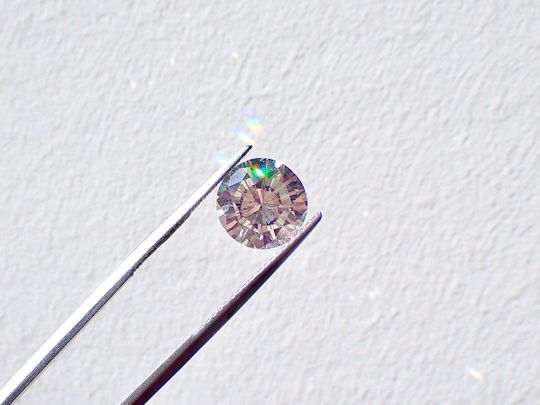
Technology isn’t just changing the way we live; it’s also transforming the way we die – or at least how our remains are preserved after we die.
Click start to play today’s Crossword, which holds a clue to a historic way of storing cremated remains.
One of the earliest ways to store people’s ashes was in cremation urns. In China, for instance, urns to store ashes have been found dating back to around 7000 BC, in an early Jiahu site. In other cultures, people built monuments for their dead – the most famous being the pyramids of Egypt and India’s Taj Mahal, both modern wonders of the world. And in 19th century Europe and US, the best way to preserve a person was considered to be through ‘death photography’ – where portraits of the departed were produced in lifelike poses.
What’s meaningful for some, might seem macabre to others. But civilisations around the world and across history have always looked for ways to honour their deceased. And in every period, the technology that was available at the time played a huge role in making it happen.
According to a May 2019 report in the National Geographic, one of the incredibly bizzare but brilliant ways our generation is preserving mortal remains is by turning it into diamonds. Swiss company Algordanza, for instance, has engineers who use high-tech machines to transform the carbon from human ashes into diamonds. With technology, they are able to speed up a geological process that would otherwise take hundreds of millions of years. Now, it takes just weeks.
The diamonds aren’t just similar to natural diamonds – they are identical, right down to an atomic level. The largest memorial diamond the company has produced is a 1.76-carat brilliant cut, costing $38,000 (Dh139,000).
Another company, called Bios Urn, is based in Barcelona, Spain, and offers to turn departed ones into an indoor tree that loved ones can have in their homes. A capsule of remains is embedded in a large pot, where a seedling is planted. As the plant grows, it sends roots into the remains, and the company’s technology automatically waters and cares for the memorial sapling with built-in sensors that monitor temperature, humidity and soil levels.
Did you know about these new ways of memorialising departed loved ones? Play today’s Crossword and tell us at games@gulfnews.com.






